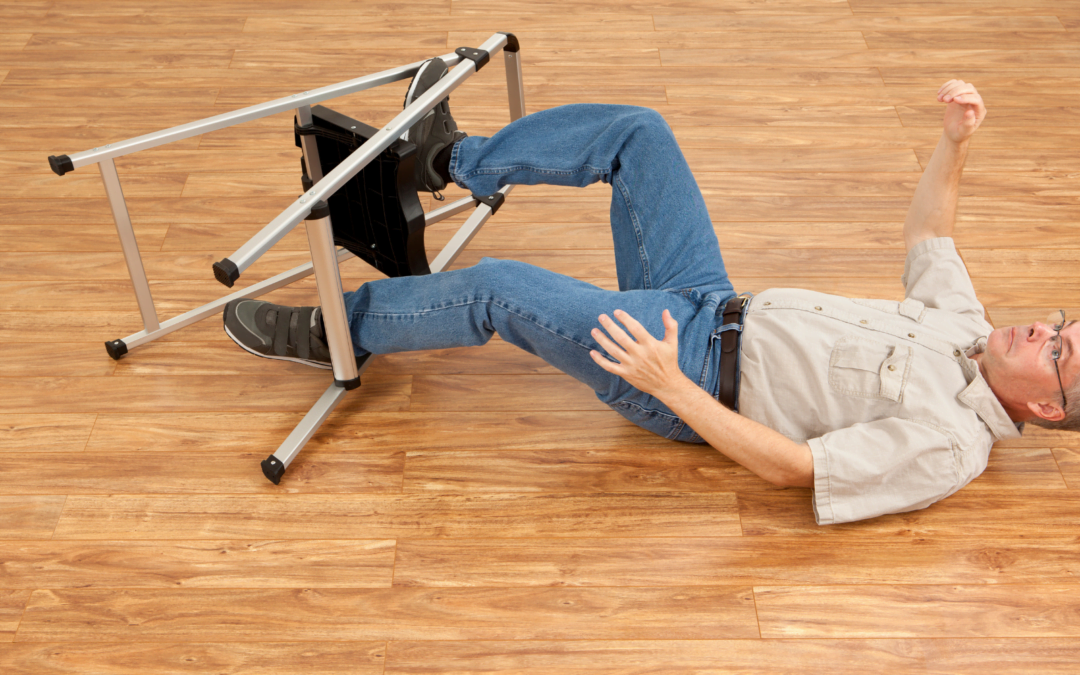Falling is never good at any age, but it is a particularly hazardous event for the elderly who are not able to reduce the impact of a fall as well as those of younger ages. Most falls occur in women and the risk increases with age.
Fully two thirds of those who experience a fall will do so again within the following six months. So what can older adults do to help prevent a fall in the first place? The greatest contributors to falls in older adults are osteoporosis, reduced physical activity, impaired vision and environmental hazards.
Osteoporosis is a condition in which the bones become increasingly more brittle and full of holes. It is more prevalent in women after menopause. The drop in hormones such as estrogen that occurs at this time contributes to bone loss, as well as a deficiency in vitamin D and calcium. And since physical activity also commonly begins to drop off as we age, bones are likely to become more brittle from the lack of weight-bearing exercise.
To help reduce the progress of bone loss be sure to get enough vitamin D, calcium and magnesium in your diet. Most people usually get enough calcium but are not aware that a sufficient amount of magnesium must be present for calcium to be absorbed into bone. Additionally, vitamin D plays a very important role in osteoporosis prevention and treatment. Most people are deficient in these vital nutrients due to lack of regular sunshine and the right types of vitamin D-rich foods.
Often, an individual will go overboard taking calcium supplements, and without sufficient magnesium needed for calcium absorption will lead to build-up in the person’s soft tissues instead of their bones. You should aim for a ratio of calcium to magnesium of at least 2:1 in order to maximize bone absorption.
Increasing physical activity will also help to slow bone loss. It doesn’t have to be anything particularly strenuous but even just walking or swimming on a daily basis can have a positive effect on bone density. If you are able to carry some light weights with you while walking, that will add to your bone health. And if you can take that walk in the sun you will also increase your levels of vitamin D.
Vision problems common in older age, such as cataracts and glaucoma can alter depth perception and reduce peripheral vision and sharpness of sight which can lead to a fall. Vision should be checked regularly so these things can be treated early. And if vision is a problem, place brightly colored or glow-in-the-dark strips where there are steps in the house to aid vision. This also goes for things like grab bars and other physical aids that may be difficult to discern in low light.
Lastly, one third of all falls among the elderly occur due to an environmental cause in the home. The most common cause is tripping over an object on the floor. Someone should do a walkthrough of the home to identify and remove possible tripping hazards. Make sure all pathways are free of clutter and all rugs secured. And be sure there is adequate lighting in all areas with switches that are easily reached or lamps that are touch activated.
Taking these steps can reduce your risk of a fall and help ensure many more years of living an active, healthy life. If you need more insight regarding this topic, please make sure you ask Dr Sooley or his knowledgeable staff. We are here to help!

